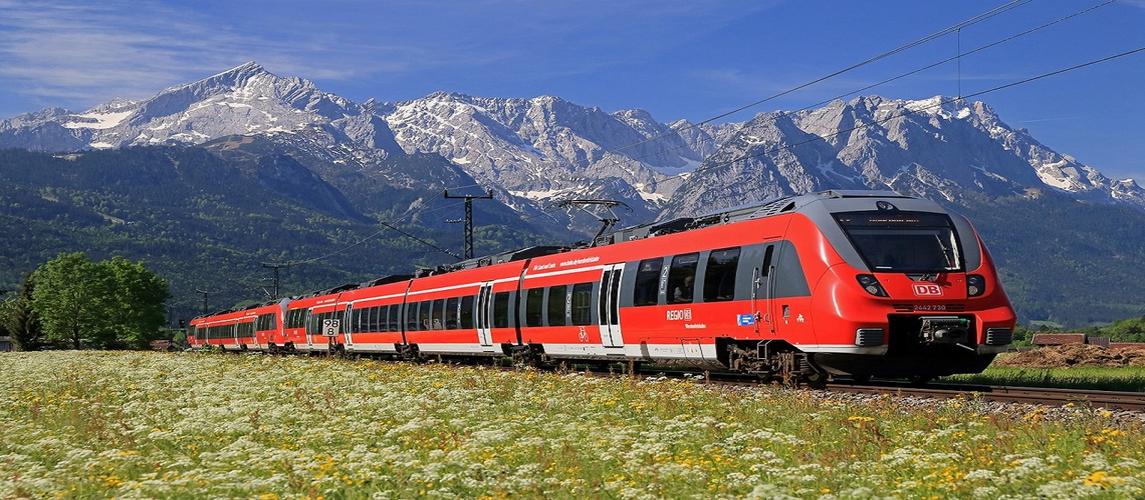The Polish-Belarusian border crossing at Malaszewicz, the most important for China-European trains, saw a significant decline in its freight traffic in the first half of 2022. During that period, a total of 2,876 trains were handled at the Mara crossing, while in the first half of 2021 this figure was 3,512 trains. According to data from the Polish Office of Rail Transport (UTK), freight traffic fell by 19.2 percent. Marcin Trela, vice president of UTK, said one of the main reasons for the slowdown in the growth of China-Europe routes crossing the Mara is the New Crown epidemic.
"In Shanghai, China's zeroing policy has reduced the number of employees handling maritime traffic, which has not only caused delays in loading and unloading container ships, but has also slowed down other container-related work," Trela told RailFreight.com. War in Ukraine
In addition, the situation is further complicated by the war waged by Russia against Ukraine. Trela noted that "some logistics companies transporting cargo between China and Europe have decided to use the traditional sea route or alternative routes across the Caspian Sea, fearing on the one hand the possible spillover of sanctions imposed by Europe and the United States against Russia and Belarus, and on the other hand the general reluctance of insurance companies to insure cargo transiting Russia and Belarus on the route.
"The intermediate corridor may be an alternative solution for now," Trela added. The transit time using this sea-rail route is about 40 days and there is a regular weekly service".
UTK's statistics
In the first quarter of 2022, compared to the same period in 2021, UTK observed an overall increase in multimodal volumes in Poland. The number of containers handled increased by 9.2% and the tonnage of goods transported increased by 5.4%. In addition, the billion ton/km ratio rose by 10.8%." Detailed data for the second quarter of 2022 will be released in September," Trela said. UTK collects and collates data on the operation of intermodal yards in Poland on an annual basis. Therefore, as Trela says, "we won't have, until 2023, the operational data of the yards in the current situation." UTK does not have data on all trains on the China-Poland route for the first half of 2022. However, it does have data on cargo crossing Polish border crossings in the first half of the year, and since Malaszewicz is a major border crossing, these data are sufficient to illustrate the development of the New Silk Road.
Future outlook
Regarding the near future, Trela commented, "There is still a lot of uncertainty in the second half of this year. We are dealing with turmoil in international markets, which could lead to a global economic slowdown".
He also stressed the critical importance of the Central European land freight corridor. Rail freight transport can offer lower costs as well as shorter transit times." However, it should be remembered that the further development of the New Silk Road depends on many external factors: the route is based on the economic cooperation of many countries." "In the current situation, some goods will certainly be transported using different routes, but this will mean a significant increase in costs. The traditional railway corridor along the current route, i.e. transit through Malasevic, is still the most efficient route".
